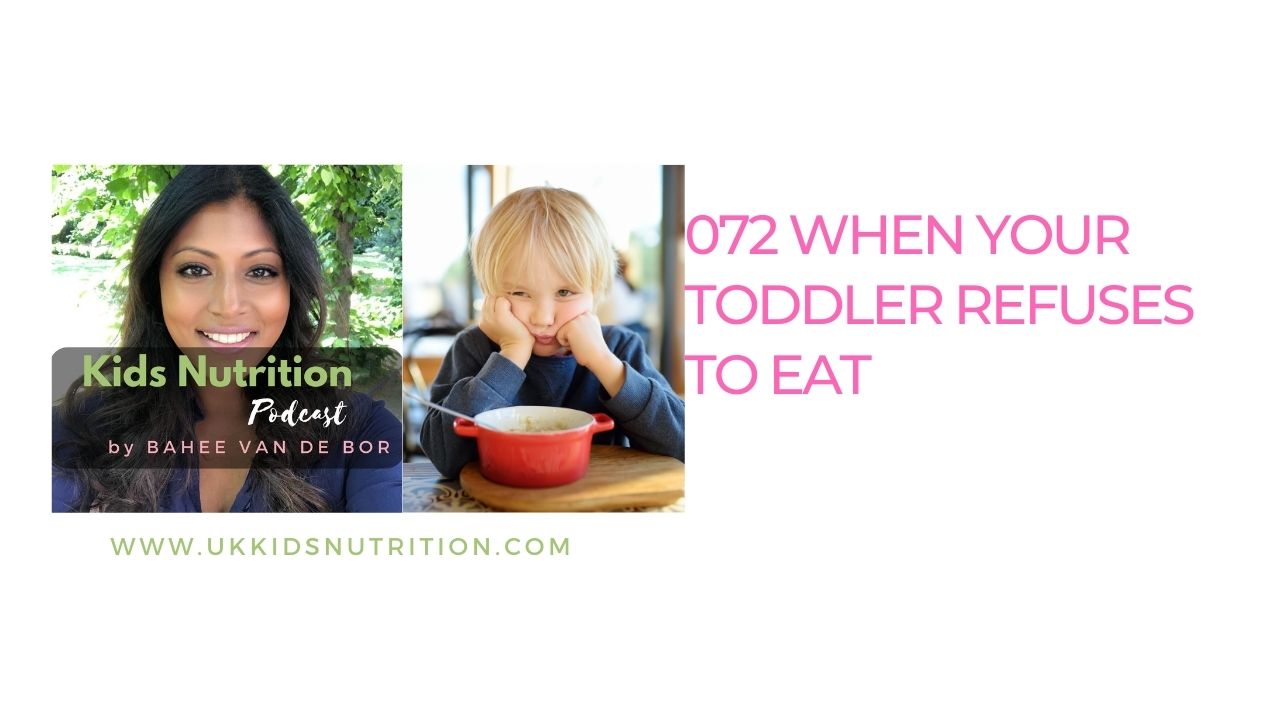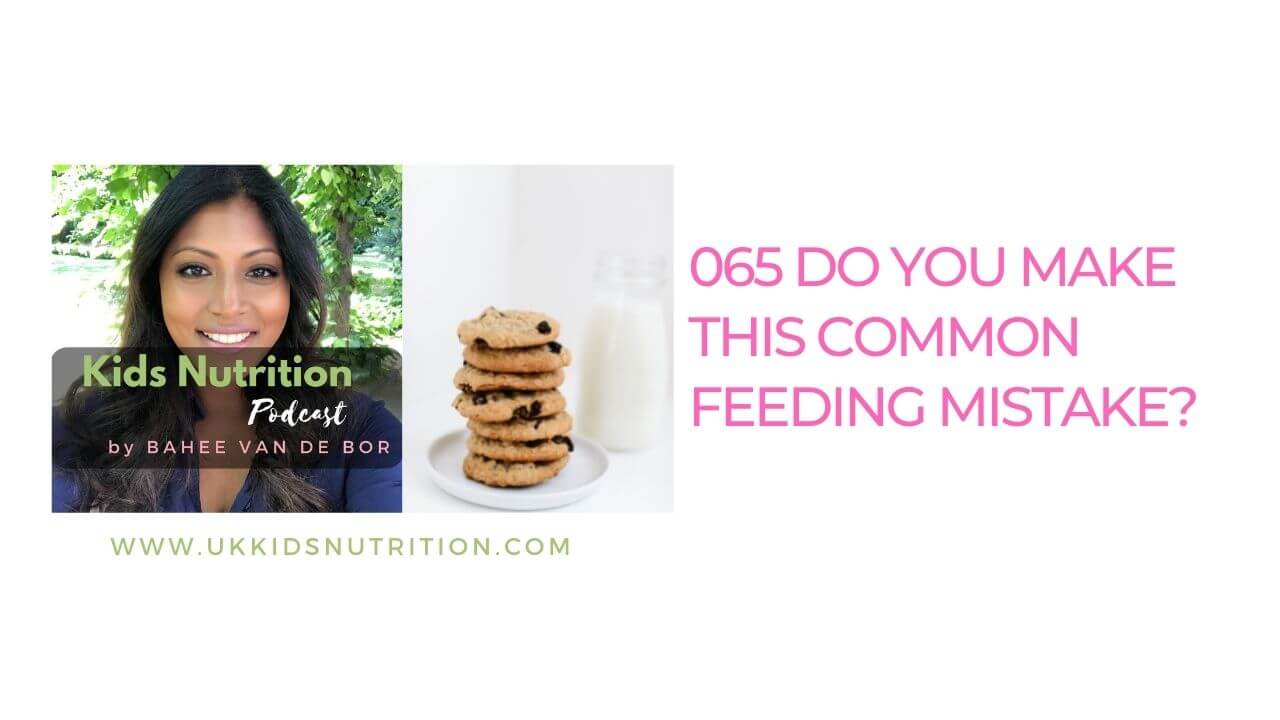Looking for a picky eater test because your child is refusing new foods? Has your child’s nursery or school expressed concern about your child’s limited repertoire of foods?
I get it! There is so much information on picky eating available and yet it can be difficult to know whether your child’s fussy eating is anything to be concerned about or not.
In this comprehensive article, you’ll find a picky-eater test. Use the picky eating questionnaire below to assess whether your child’s pickiness is mild, moderate or severe.
Once you’ve established your child’s severity of fussiness, you can then make a decision about the type of support that your child needs to learn to try new foods.
What is picky eating?
Did you know that there isn’t a universally accepted definition for picky eating? There also isn’t a specific picky eater test to identify it.
An experienced paediatric dietitian will usually complete a thorough initial assessment to understand the severity of your child’s picky eating.
If you have been thinking about taking a picky eater test, then chances are that your child is unwilling to try new foods. You also have concerns about the variety of foods that your child eats and whether they are getting the right nutrients to thrive.
If your child is on the severe side of fussy eating, then they may also ‘drop’ previously accepted foods. This is likely when you start to worry because he/she is also refusing to eat foods that they used to love and readily accept.
Suddenly your list of ‘go to’ foods for your picky eater is limited. The variety of foods is also lacking and your child’s nursery or school struggles to find suitable foods for your child to eat.
So if you haven’t already, this is when you need to ask a picky eating dietitian and expert to assess your problem feeder.
When is picky eating normal?
Picky eating is a fairly common behaviour in children across the globe. In the UK and globally, at least one in five children is likely to have fussy eating tendencies.
But not all picky eating is a problem.
When children show mild signs of picky eating, at a snapshot, their diet will still look pretty good.
They might be picky with some foods, but they’ll usually eat a good variety of foods (including fruit and vegetables).
You might find that they fuss when overtired after nursery and school or if they are just not that hungry.
As much as it might surprise you, occasionally your child truly might not be hungry and start to ‘fuss’ during a meal. Be reassured that this is perfectly normal. They’ll make up for it by eating to fill their appetite at the next meal.
Children on the ‘mild’ end of the fussy eating spectrum might have a small list of ‘hated’ foods, but this isn’t anything to worry about. They’ll eventually learn to accept these foods as they get older and are ready to explore new foods.
So as long as your child only refuses to eat a handful of specific foods, this is perfectly normal and nothing to worry about.
What is neophobia?
Toddlers around the age of 18 to 20 months also go through something that paediatric dietitians and paediatricians refer to as the neophobic phase.
This is when toddlers start to reject previously loved foods. They may also refuse to try anything new and become suspicious of most foods.
This can cause considerable mealtime stress for your family.
As this phase is temporary, it will only last for a short period of time.
It is thought that this is an innate behaviour from evolutionary times to protect babies from eating poisonous berries.
In fact, this phase can start as early as 12 months of age and peak around 20 months. The foods that your child will most likely refuse are fruit and vegetables.
The trick is to continue to offer your toddler a variety of these foods and they’ll soon outgrow this period fairly quickly.
Are picky eaters born or made?
Genetics can play a part in picky eating. Some children may be programmed towards fussy eating.
However, as long as you continue to offer your child a variety of food and flavours (including the bitter flavours from vegetables), most toddlers will outgrow mild picky eating habits with ease.
What causes picky eating?
- Delayed introduction of solids beyond 10 months of age
- History of severe vomiting with delayed diagnosis and management of reflux
- History of food allergy e.g. cow’s milk protein allergy
- Other medical conditions that can impact appetite e.g. chronic kidney disease
- Heavy reliance on pre-made baby foods or meals (due to their smooth texture)
- Delayed introduction of dairy products (can cause unfamiliarity)
- Strict baby-led weaning with limited exposure to wet sloppy textures
Research suggests that when picky eating is triggered by as early as 24 months of age, it tends to persist more than if it starts later in childhood.
Picky eating can be triggered during the early weaning stage but also during your child’s second year of life when they start to feed independently.
Your parenting style is therefore key in helping your child develop a positive relationship with food.
How to tell if your child is a moderate to severe picky eater?
If your child is a problem feeder and you are not sure whether they have mild, moderate or severe picky eating, then run through the picky eating test below.
Picky eater questionnaire
To use this picky eater test, simply answer yes or no to the following questions. Give yourself the corresponding score in brackets every time you answer yes to any of the questions below.
‘Is my child a picky eater’ quiz.
- Are mealtimes stressful, a battle rather than pleasure? (1 point)
- Do you make separate meals for your child at every meal? (2 points)
- Does your child refuse new foods at first? (1 point)
- Is your child interested in tasting foods they have tried before? (No = 1 point)
- Does your child currently refuse to eat certain food groups (e.g. protein foods such as meat, chicken and fish or fruit and vegetables) versus just one or two foods from each category? (2 points)
- Does your child eat less than 20 different foods? (2 points)
- Does your child often experience constipation? (1 point)
- Is your child frequently unwell with coughs and colds? (1 point)
- Does your child have difficulty with certain textures or smells of foods? (1 point)
- Has your child lost weight as a result of picky eating? (2 points)
- Does your child need aids such as TV, smartphones or toys to distract them during a meal? (1 point)
When should you start to worry about fussy eating?
If you answered yes to many of the questions listed in the picky eater test above then your child is most likely a picky eater.
As previously alluded to there is a spectrum of picky eating.
3 points and under (most likely a mild picky eater)
If your child is on the mild end of the picky eating spectrum then here’s the good news.
With a few first-line interventions your child will gradually outgrow fussy eating and learn to try new foods.
Some of my favourite first-line interventions to solve picky eating include:
- Cooking with your toddler or school-aged children
- Growing fruit and vegetables with your child
- Messy play activities to solve sensory-related problems
4-15 points (moderate to severe fussy eater)
On the other hand, if mealtimes are constantly a battle or your child refuses to eat anything new, you may also start to notice a dip in their weight and growth.
In this scenario, it’s important to seek professional help and advice straight away to prevent further weight loss and vitamin and mineral deficiencies.
My 1-2-1 Fussy Eating Solutions Programme and small group coaching called ‘End Mealtime Battles’ are designed to help support you and your child through this journey.
You will be provided with a step-by-step plan that’s designed to give you the results that you are looking for.
Common questions about picky eaters
At what point do you stop making separate meals for your picky eater?
In my programmes, one of the first things that I teach you to do is how to stop making separate meals for your children.
It’s tempting to make separate meals if your child will only eat 1 or 2 foods from the main menu
The problem with separate meals is that they’ll never learn to eat anything beyond what they are regularly offered.
That’s why I’ve included the question ‘do you make separate meals’ as one of the questions in this picky eater test.
If your child is on the moderate to severe end of the spectrum of picky eating, then I know that you’ll worry that they won’t eat anything if their preferred foods are not offered.
But if you show your child how to try new foods, then they’ll soon learn how to increase their confidence and curiosity about new foods, their flavours and textures.
Inside my 1-2-1 programme, I show you how to create nutritionally balanced meals whilst always offering something for your child to eat.
Is being picky about food a bad thing?
This completely depends on whether your child refuses to eat one or two foods or it’s an entire food group
For example, your child might refuse to eat meat and other protein-rich foods.
This then puts them at risk of iron deficiency as well as other micronutrient deficiencies like zinc.
Their overall protein intake might also be compromised.
Protein is essential to help children grow and develop normally.
In the short term, you can of course supplement with a vitamin and mineral supplement.
Note that this will be just a short-term fix to a long-term problem.
Ultimately, you will need to address the underlying picky eating leading to low vitamin and mineral intake so that your child learns to try new foods.
Unresolved picky eating can also persist into the adolescent and adult years.
This can impact your child’s confidence in social situations. Examples include eating out in restaurants with family and friends, birthday parties, play dates and so on.
What is it like being the parent of a picky eater?
Inside my small group coaching programme ‘End Mealtime Battles’, a parent confessed how relieved she was to be able to share her worries and journey with other like-minded parents.
“We have to work extra hard when it comes to feeding our kids,” she said in one session.
“But through this programme, my child keeps going from strength to strength where she is learning to lick and then take small bites of new foods”
If you too would like to be supported by other parents who are in a similar situation to you, then book a discovery session to learn more about my 1-2-1 Fussy Eating Solutions Programme.
Bottom Line
Picky eating is characterised by behaviours where your child is unwilling to try new foods or starts to refuse previously loved foods. There are three different stages of picky eating. Mild picky eating is normal and nothing to be worried about. However, it can progress to moderate and then severe picky eating in some children.
If your child is on the moderate or severe end of the picky eating spectrum, you will find it immensely helpful to work with a picky-eating paediatric dietitian so that you can show your child how to try new foods.
The picky eater test in this article is only a guide on how to assess the severity of your child’s picky eating. If you are worried about your child’s lack of variety of intake and suspect that they may have vitamin and mineral deficiencies, book a 15-minute initial call to discuss how I can support you and your child on this journey.
Let Me Help
Would you like to meet a children’s dietitian who has successfully helped families solve their nutrition problems from around the world?
No matter what you are worried about, I’ll help you manage these with confidence.
Ready to join the Fussy Eating Solutions Programme?
Great! You can book your initial appointment here.






